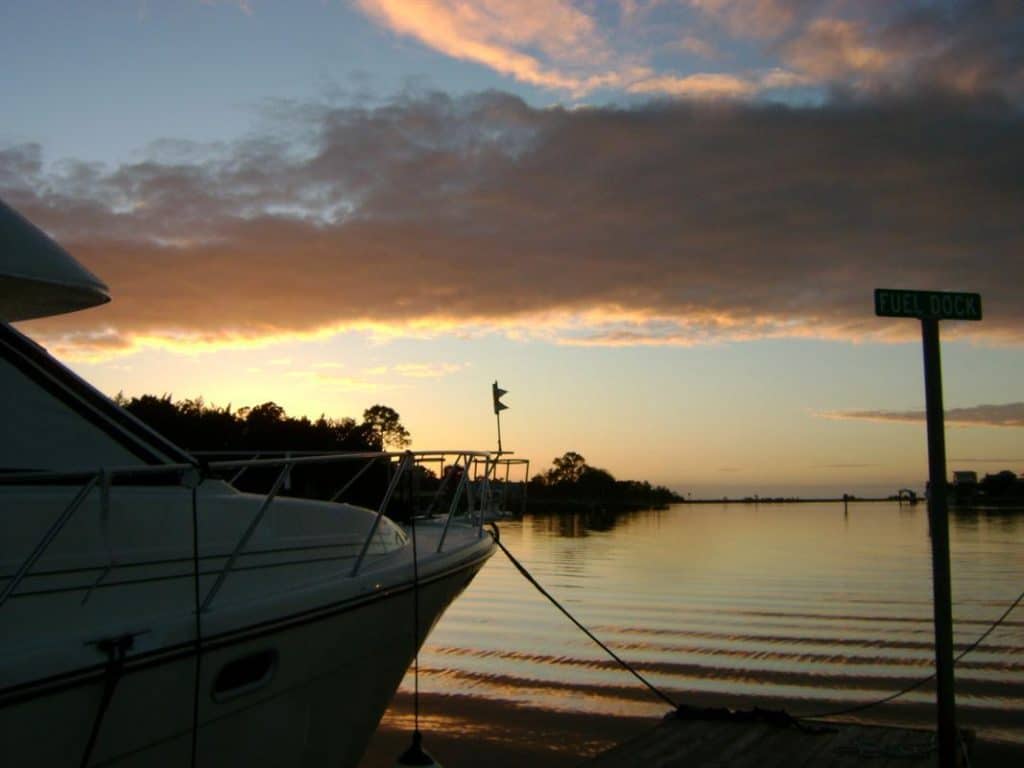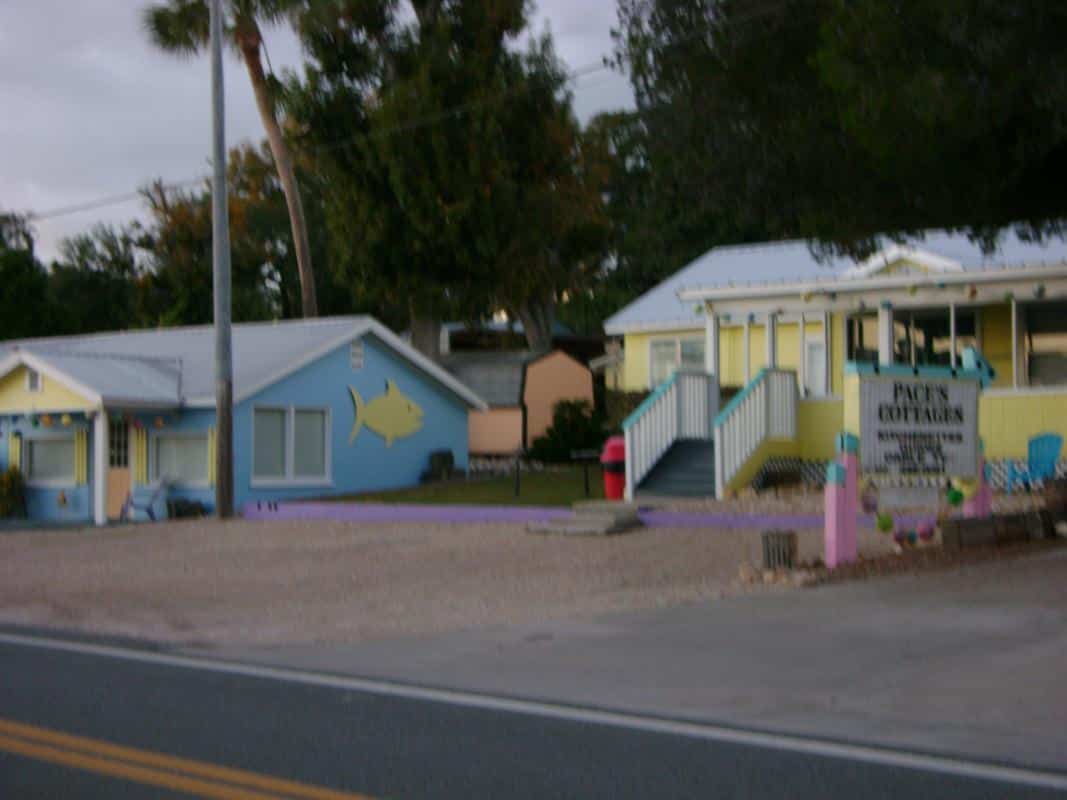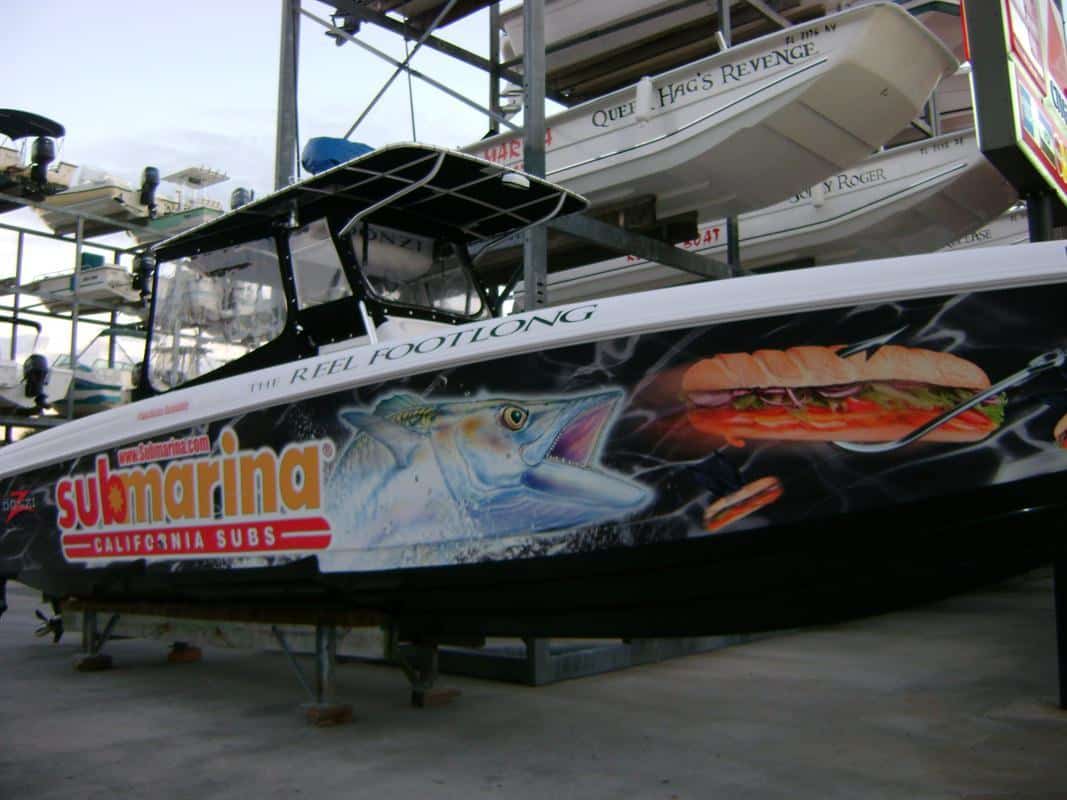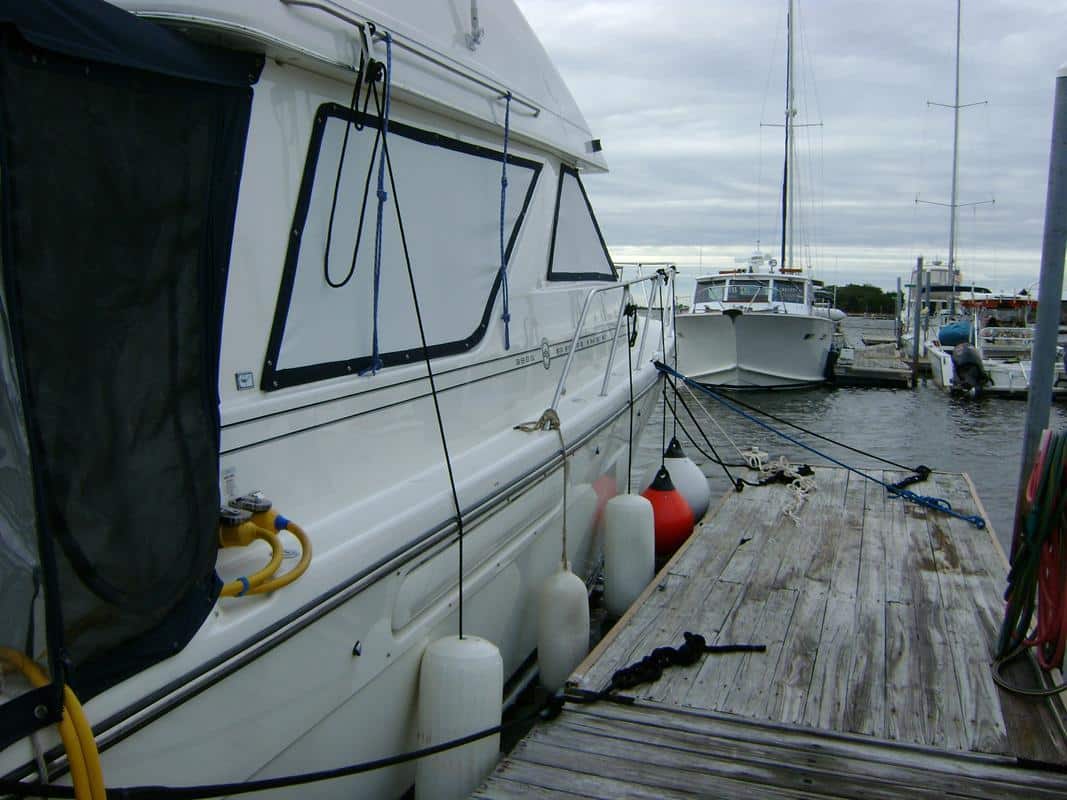You cannot imagine the comfort of having Seabiscuit back there. Not that they could do much other than fish a man overboard out of the water but, just the idea that someone else was out there risking their neck made it not so scary. Bill and Pam are neat people. They ran a horse training farm in Lexington, KY and restored the Seabiscuit for over 10 years. It is a 1964 Chris Craft Roamer. A steel hull and new Volvo diesels. Looks like something the Great Gatsby would have cocktails on and woo some beautiful woman. Bill is an amputee having lost his right forearm and hand in an electrical accident in a horse barn. He handles himself well and can do anything on a boat. Pam is a gourmet cook and a ball of energy. They are always laughing and a delight to associate with.
When first we left protected waters behind Dog Island and headed out into the Gulf it was a bit of a shock. Suddenly you are hitting rollers and wind waves that spray out each time the bow crashed ahead. You take a bit of a beating to begin but soon develop a rhythm for handling it. This goes on for hour after hour as you attempt to hold a course line on a chartplotter. We had preprogrammed waypoints all the way and each time one was reached we cued up another. There are no reference points out there, only the vastness of the moving sea. What must those early sailors have thought? All they had was faith in their ship.
For those who do not know, crabs do not magically appear at Red Lobster. They are caught in large wire cages that are weighted with cement. Bait, usually chicken necks, is tied inside and a line attaches the cage to a float. It is dropped over by a boat and settles to the bottom usually in 20 feet of water or less. But we have seen then in 50 feet. The floats or crab buoys are about the size of a cantaloupe and painted various colors to designate the owner. Some are easy to spot in a calm sea and others are painted to match the water it seems. In high seas none are easy to spot. If you snag one with a prop it may be just a slow winding and stopping of your engine or if you run over one at speed it can bring that cement weighted cage flying up and slam into the bottom of your boat like a cannonball. Either way it is a major problem. Remember when I found out the difficulty of diving under the boat to cut off a rope in a calm harbor at Fairhope? Well with crab pots this you have no choice but doing it at sea and must dive under with the boat bouncing up on the waves. Not an appealing prospect. Some people will try to run on to port on one engine dragging that sea anchor along. The trouble is it can then wrap around the other prop and then it is dive or call the tow boat or USCG. That is why we keep such a sharp eye out. But sometimes they dropped the pot in water almost too deep and when waves get up they are higher than the float line is long and it just lurks under the surface waiting on some unsuspecting boater. The good news is they rarely come in singles. They set out a line of them about 100 yards apart and when you see one you then see the line and can either cross between two or run parallel to the line.
The weather would not cooperate in letting us out of here in time to make our Christmas schedule so here we stay. Now about that disaster averted.
Around 7am this morning as we lay snoozing in our master stateroom located in the bow, a shrimp boat on the other side of the river broke loose from its moorings and drifted unmanned across the river in the tide. It passed with four feet of smashing into our bow according to witnesses and ran aground. That would have been a wake up call! Glad we were not up to see it. That would have been another heart attack in the making.
Finally a message for our children and grandchildren as we prepare to come home for Christmas.












